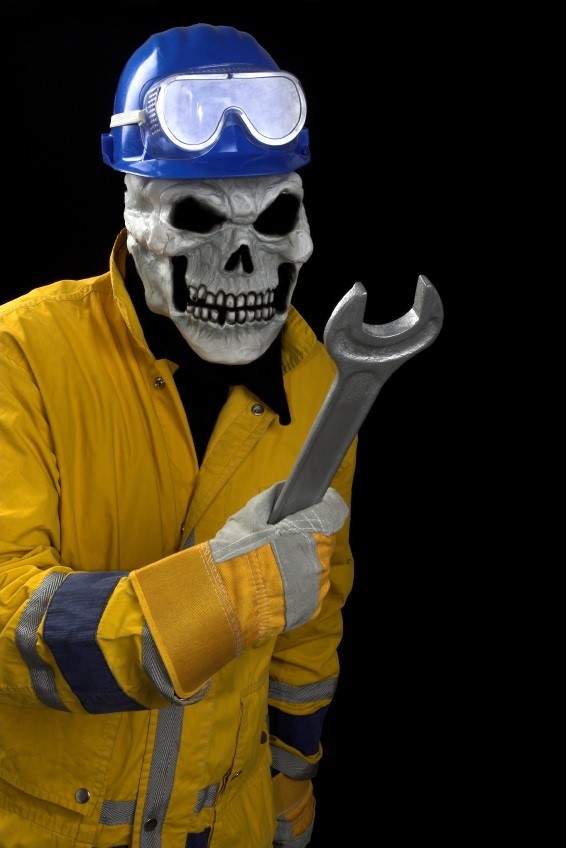The recent decision of the Appeal Judges to reject the submissions on behalf of a defendant company is a reminder of the liabilities of a business for the actions, sometimes very foolish, of its employees.
The case was Polyflor Ltd v Health & Safety Executive which was heard on 8th July 2014.
Polyflor Ltd was a Manchester-based company specialising in the manufacture of commercial and domestic vinyl flooring.
It had 350 employees and used a machine called a granular infeed conveyor which enabled the recycling of unused vinyl products fed in between conveyor belts and lifted to a granulator before the resultant product was then fed into a suction pipe and taken to another stage to sort what had been produced into neat pieces prior to bagging. It was a specialised and complex piece of machinery.
On 28th February 2013 at Manchester Crown Court, after a trial lasting 4 days, the company was convicted unanimously by a jury of an offence of failing so far as reasonably practicable to ensure the health and safety of its employees contrary to section 33(1) (a) of the Health and Safety at Work, etc, Act 1974 (‘the 1974 Act’). The applicant was fined £7,500 and ordered to pay £34,000 in costs.
What happened?
A Technical Support Engineer was performing maintenance activities on the machine following a blockage incident when the spanner he was holding was plucked into the fast moving machinery before he was able to release his grip and, as a consequence, he suffered a fractured arm and was off work for 7 weeks. In many ways, it might be said, he was fortunate, to get away with just a broken arm but be that as it may there are principles to remember arising from this case.
There had been a not dissimilar incident involving this machine not very long before this accident and lessons had been learnt; access and visibility issues had been addressed and even the victim of the earlier incident was able to advise the company on ways it could improve the safe maintenance of it and many of his recommendations were implemented.
However despite the improvements and the fact that the Engineer on this occasion had requested permission to work on the jammed machine he agreed in cross examination that he had been blasé and that he had taken a risk.
Could the company escape liability for the foolish actions of its employee?
No, the Court of Appeal said the creation of a material risk by the carelessness (including gross carelessness) of an employee remains a material risk for the purposes of section 33(1) (a) of the 1974 Act. The prosecution needed only to adduce some evidence of exposure to risk – in other words, some evidence that an employee was, or employees were, exposed to a possibility of danger. Once that is established the onus shifts to the defendant company to show on the balance of probabilities that it did all that was reasonably practicable to ensure that its employee was, or its employees were, not exposed to such risk.
So the pressure very much remains on companies to be very alert to the potential for risky actions of employees and to assess the reasonable practicalities of averting such behaviours.
If your company is facing an investigation by the HSE then approaching a law firm with expertise in this field and the resources and contacts to make the difference should be at the top of your list.
This article is intended for general information purposes only and shall not be deemed to be, or constitute legal advice. Newnham & Jordan Solicitors cannot accept responsibility for any loss as a result of acts or omissions taken in respect of this article or any external articles it may refer or link to.



